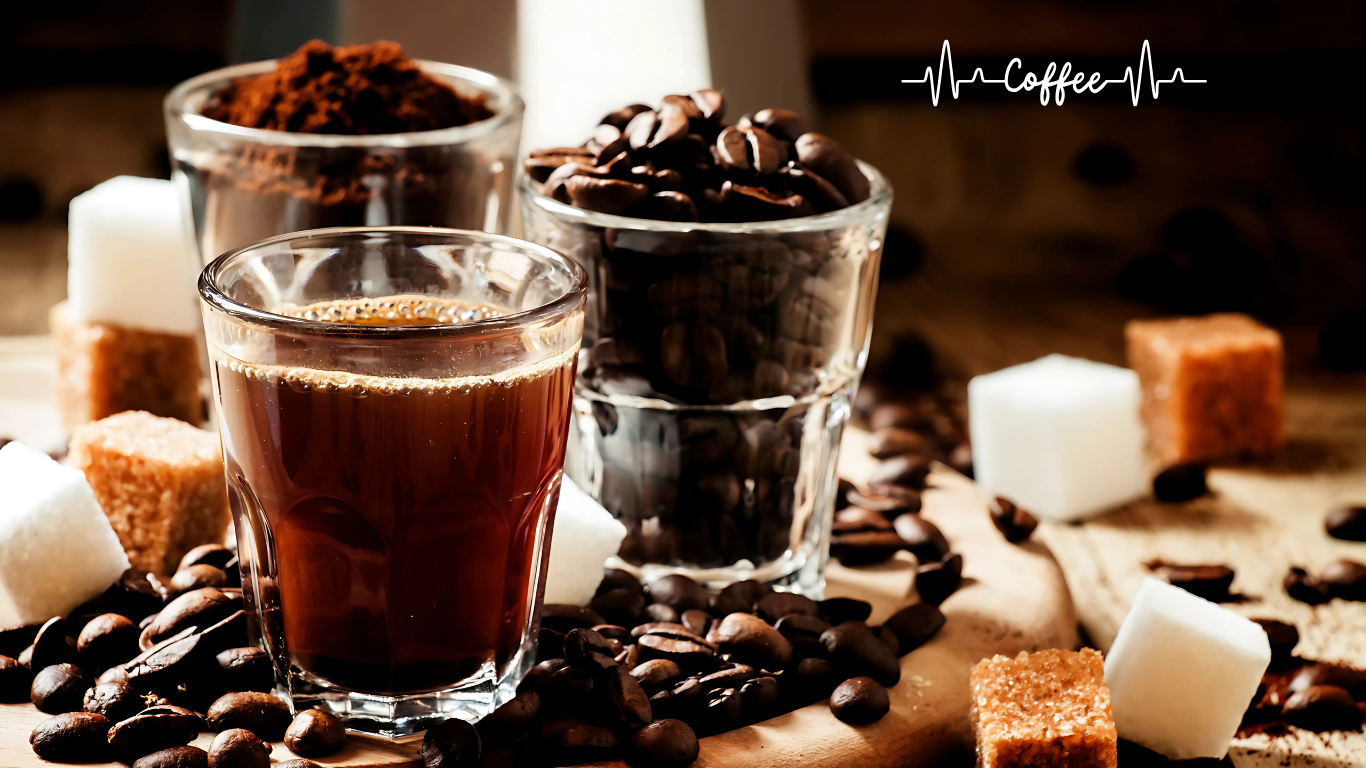French Roast Coffee: Everything You Need to Know About This Bold, Dark Brew
Table of Contents
What is French Roast Coffee: A Deep Dive into Its Bold Flavor and Rich History
When you think of coffee, chances are you imagine the rich aroma of freshly brewed beans, their deep, inviting scent wafting through the air. Among the many varieties of coffee, French roast stands out for its bold, robust flavor and strikingly dark color. For coffee enthusiasts who enjoy their brew with a deep, smoky taste and a slightly bitter edge, French roast coffee has long been a favorite. But what exactly is French roast, and what sets it apart from other coffee roasts? In this article, we’ll explore the origins, characteristics, and brewing tips for Dark roasted coffee, so you can appreciate every cup of this distinctive brew.
Understanding French Roast Coffee
French roast coffee refers to a specific roasting technique used to produce a dark, rich, and somewhat smoky flavor. This roast is typically made from Arabica beans or Robusta beans, which are roasted for a longer period of time until they reach a dark brown color, almost approaching black. The process involves roasting the coffee beans until they reach an internal temperature of about 465°F to 475°F (240°C to 246°C), which causes the beans to undergo a chemical reaction called the Maillard reaction. This is what creates the dark, rich flavors associated with French roast.
Unlike lighter roasts, such as light roast or medium roast, which preserve more of the bean’s original flavor characteristics, French roast coffee undergoes a process that changes the chemical structure of the beans, resulting in a flavor profile that’s defined by deep, smoky, and sometimes slightly bitter notes. The beans may even have a shiny, oily appearance due to the oils released during the roasting process.
The Characteristics of French Roast Coffee
- Dark, Bold Flavor:
Dark roasted coffee is best known for its bold, intense flavor. The prolonged roasting process brings out rich, smoky flavors, which can sometimes resemble toasted wood or burnt sugar. For many coffee lovers, this is the essence of what makes French roast so appealing. - Low Acidity:
Unlike lighter roasts, which often have a bright, acidic taste, French roast coffee has a much lower acidity. This makes it smoother and less tangy, which can be especially appealing for those who have sensitive stomachs or prefer a less acidic cup of coffee. - Full-Bodied:
French roast coffee typically has a full body, meaning it feels heavier and more substantial in the mouth. The dark roasting process creates a coffee that is rich and full of flavor, without being overly watery or thin. - Smoky and Slightly Bitter:
A key characteristic of French roast coffee is its smoky flavor, which is the result of the high-temperature roasting process. This often comes with a slightly bitter aftertaste, which is a hallmark of dark roasts. While the bitterness can be pronounced, it’s balanced by the deep, roasted flavors that develop during the roasting process. - Oily Surface:
After being roasted at such high temperatures, French roast coffee beans often have an oily sheen on their surface. This is due to the oils in the beans being released during the roasting process. These oils contribute to the coffee’s rich flavor and also add a velvety texture to the coffee when brewed.
How is French Roast Coffee Different from Other Roasts?
Dark roasted coffee
is just one of several coffee roast types, each with its own unique flavor profile. To understand what sets French roast apart, it’s important to compare it to other popular roast levels:
- Light Roast:
A light roast, such as a Café au Lait or Blonde roast, is roasted for a shorter period of time and has a much lighter color. This roast preserves much of the original flavor of the coffee beans, including fruity, floral, and acidic notes. In contrast, French roast has a much bolder and smokier flavor with no fruity or floral undertones. - Medium Roast:
Medium roast coffee has a balanced flavor, with mild acidity and a sweet, caramel-like taste. It is often referred to as the “standard” roast because it strikes a balance between preserving the bean’s original flavors and introducing roasting notes. French roast, however, has a much more intense flavor and is much darker. - Espresso Roast:
Espresso is often made using a dark roast similar to French roast but is typically roasted to an even darker level. While both roasts share bold flavors, French roast coffee tends to have more pronounced smoky and bitter notes, while espresso roast may be slightly more balanced with a rich crema.
The History of French Roast Coffee
Despite its name, French roast coffee is not actually French in origin. The term “French roast” is a marketing label used to describe a very dark roast that originated in Europe and became associated with French coffee culture. The style of dark roasting the beans can be traced back to the early 19th century, particularly in Paris, where coffee drinkers enjoyed robust, bold flavors.
Over time, French roast became a widely popular roast in the United States as well, especially among those who preferred a dark, strong cup of coffee. Today, many coffee roasters across the world produce French roast coffee as part of their dark roast offerings.
Brewing French Roast Coffee
Brewing French roast coffee requires a bit of attention to ensure the flavors come through perfectly. Here are some tips for brewing the best cup:
- Use Freshly Ground Coffee:
French roast coffee is best enjoyed when it’s freshly ground. If you can, grind the beans just before brewing to ensure maximum flavor. Use a burr grinder for an even grind, as French roast coffee benefits from a consistent grind size. - Adjust Brewing Time:
Due to its dark, rich flavors, French roast coffee doesn’t require a long brew time. Whether you’re using a drip coffee maker, French press, or pour-over method, aim for a brew time of around 4-5 minutes. Over-brewing can result in excessive bitterness. - Water Temperature:
To extract the full depth of flavor, brew your French roast coffee with water that is around 200°F (93°C). Too hot or too cold water can negatively impact the extraction and affect the taste. - Use a Coarser Grind for French Press:
If you’re brewing French roast coffee using a French press, use a coarser grind. This will help prevent over-extraction, which can lead to undesirable bitterness.
How to Enjoy French Roast Coffee
French roast coffee is incredibly versatile and can be enjoyed in various ways. Some prefer it black, while others like to add milk or sugar to balance the boldness. French roast lattes and mochas are popular choices for those who prefer a creamy, indulgent cup. Additionally, French roast makes an excellent base for iced coffee, as its deep flavors stand up well to ice and milk.
Conclusion
French roast coffee is perfect for those who enjoy a bold, full-bodied, and smoky coffee experience. Its rich, dark flavor profile is created through a slow roasting process that draws out intense and robust flavors. Whether you’re a long-time fan of dark roasts or new to the world of coffee, French roast is an excellent choice for those who appreciate a strong, satisfying cup. With its unique smoky undertones and low acidity, it’s a coffee that stands out from the crowd.

